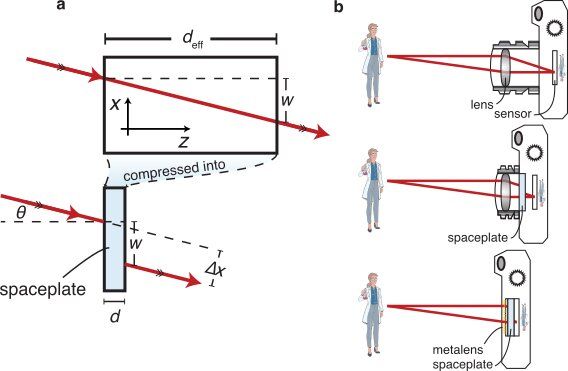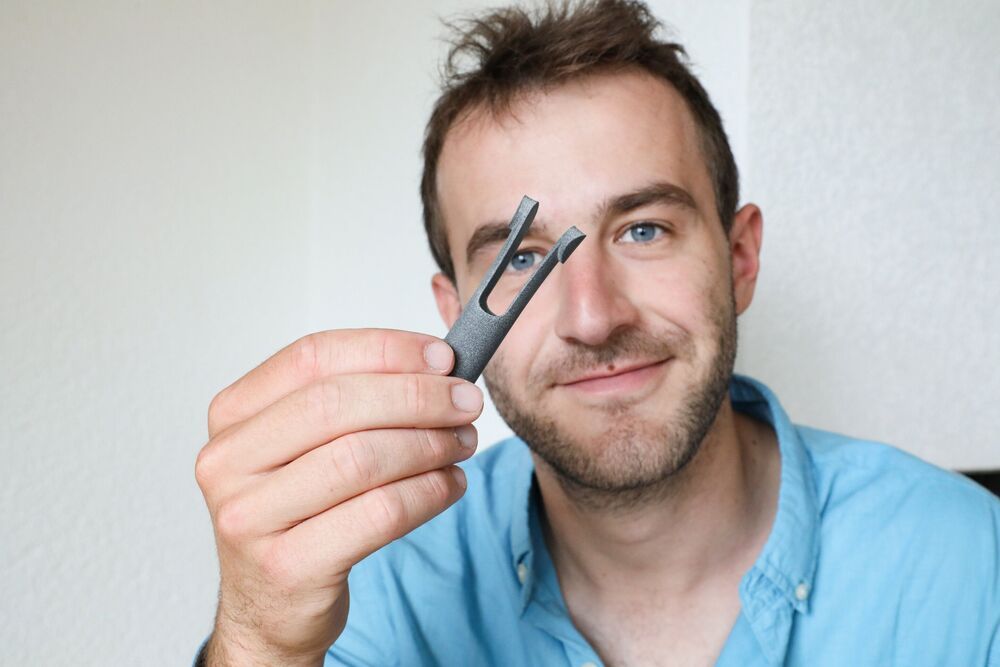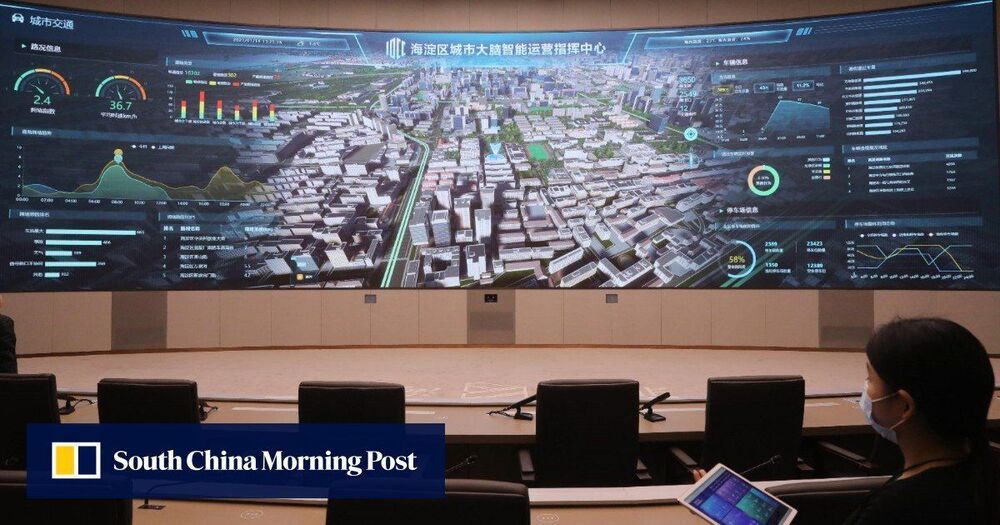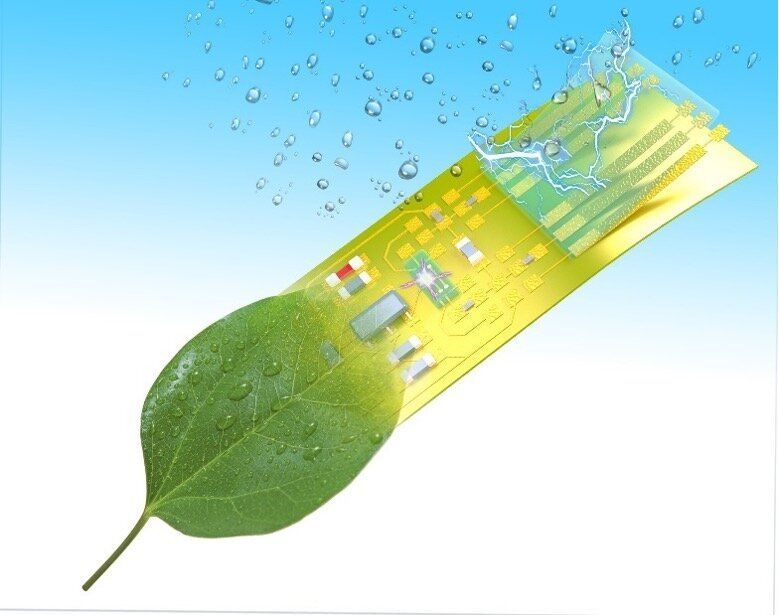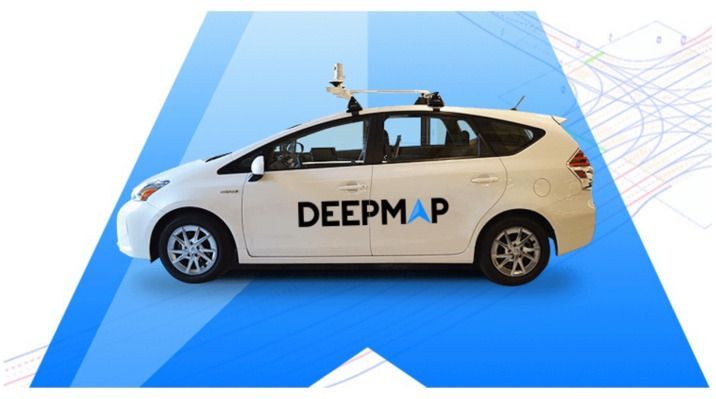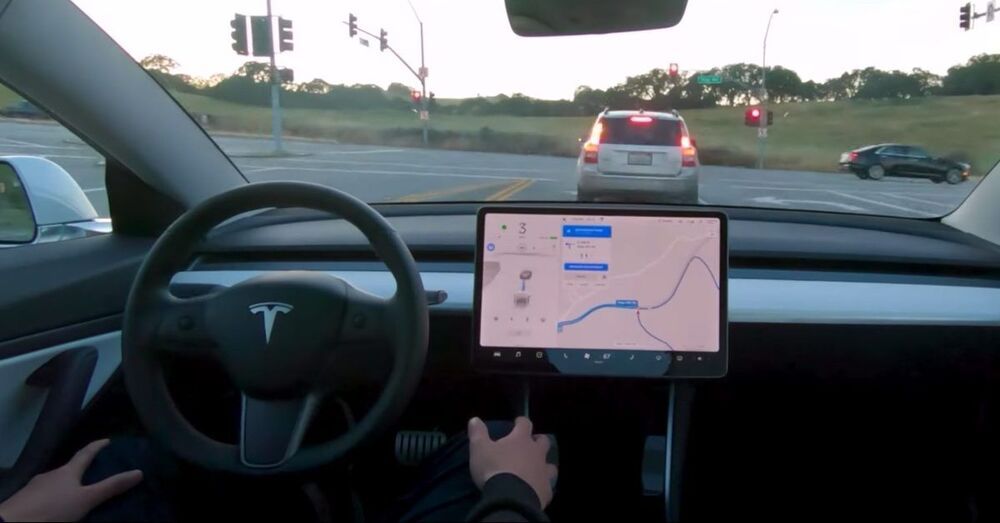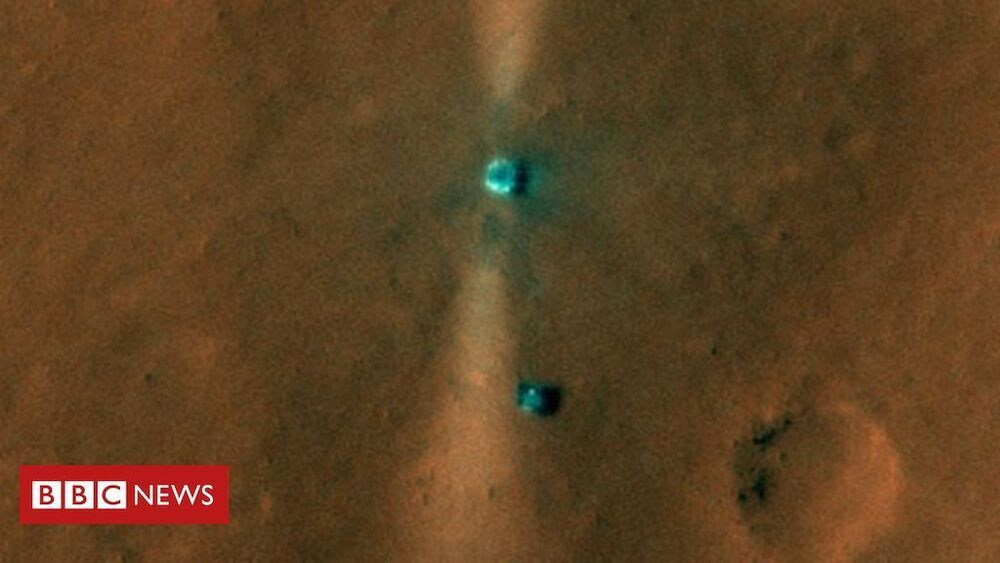Jun 11, 2021
Say goodbye to your camera bump: Miniaturized optics through new counterpart to lens
Posted by Jeremy Dylan Batterson in categories: mobile phones, quantum physics, space
ANOTHER OPTICAL BREAKTHROUGH COMPLEMENTING METALENSES. In addition to the ongoing revolution in optical science brought about by flat metalenses and single-photon image sensors, there is another parallel and complementing new dimension now added to the mix, which, according to this article, will allow telescopes as thin as a piece of paper.
Can you imagine one day using a telescope as thin as a sheet of paper, or a much smaller and lighter high-performance camera? Or no longer having that camera bump behind your smartphone?
In a paper published in Nature Communications, researchers from the University of Ottawa have proposed a new optical element that could turn these ideas into reality by dramatically miniaturizing optical devices, potentially impacting many of the applications in our lives.
